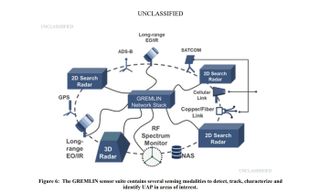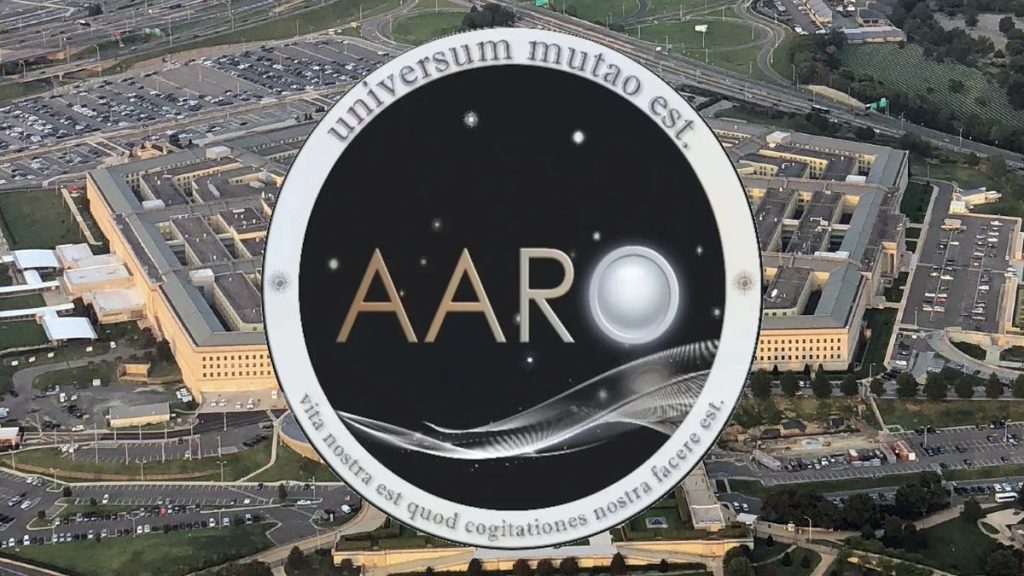A release today of the Department of Defense annual report on Unidentified Anomalous Phenomena (UAP) comes one day after a witness-based Congressional hearing on the topic.
The All-domain Anomaly Resolution Office’s Annual Report on Unidentified Anomalous Phenomena is required by the National Defense Authorization Act (NDAA) for Fiscal Year 2022, as amended by the NDAA for Fiscal Year 2023.
“Analyzing and understanding the potential threats posed by UAP is an ongoing collaborative effort involving many departments and agencies,” said a DoD statement.
“The safety of our service personnel, our bases and installations, and the protection of U.S. operations security on land, in the skies, seas, and space are paramount. We take reports of incursions into our designated space, land, sea, or airspaces seriously and examine each one,” adds the DoD.
Rigorous scientific framework
The All-Domain Anomaly Resolution Office is leading DOD’s efforts with others to document, analyze, and when possible, resolve UAP reports using a rigorous scientific framework and a data-driven approach.
This year’s UAP report covers UAP reports from May 1, 2023, to June 1, 2024, as well as any UAP report from previous time periods that were not included in an earlier report.
This brought the total cases that AARO has been reviewing to over 1,600 as of June 1, 2024.
According to the AARO report itself, to date, AARO has no indication or confirmation that these activities are attributable to foreign adversaries.”
Wanted: timely, actionable sensor data

AARO is continuing to coordinate with the Intelligence Community (IC) to identify whether these activities may be the result of foreign adversarial activities.
However, AARO’s ability to resolve cases “remains constrained by a lack of timely and actionable sensor data.”
To that end, AARO has begun collections using a prototype sensor system, GREMLIN, for detecting, tracking, and characterizing UAP.
The just-issued report explains that GREMLIN demonstrated functionality and successfully collected data during a test event in March of 2024.
“The next step for GREMLIN is a 90-day pattern of life collection at a site of national security,” the AARO report states.
Partnerships
The AARO report notes that the group continues to address this challenge by working with military and technical partners to optimize sensor requirements, information-sharing processes, and the content of UAP reporting.
“AARO is also expanding engagement with foreign partners to share information and collaborate on best practices for resolving UAP cases,” the report concludes. “AARO will continue to develop partnerships across the USG [US Government], academia, and commercial communities. Through these partnerships, AARO will expand its sensor technology capabilities, analytic tool suites, and the UAP-related sciences spanning the space, air, and maritime domains.”
To dive into the full report — The All-domain Anomaly Resolution Office’s Annual Report on Unidentified Anomalous Phenomena — can be read at AARO’s website.

